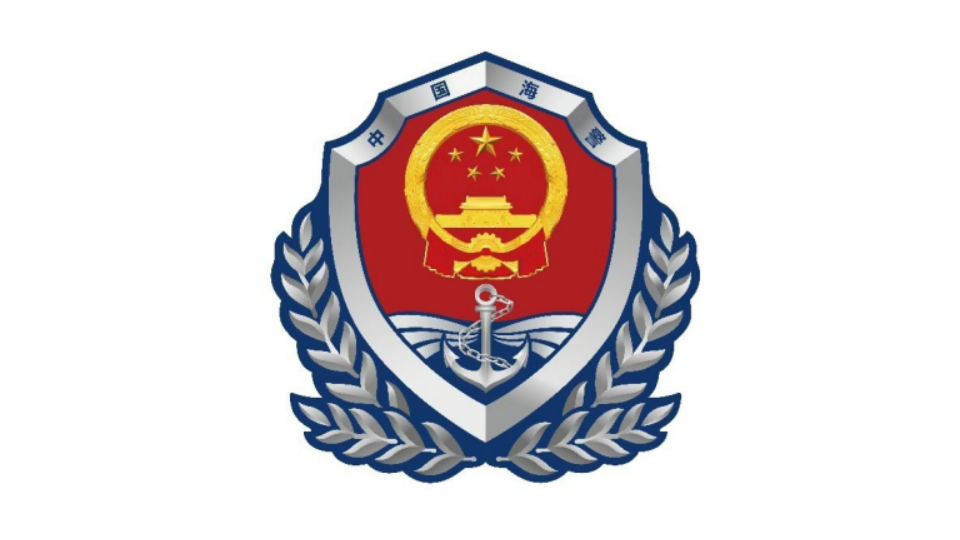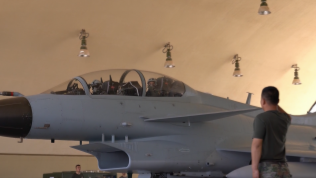By Ding Long
The Palestinian Islamic Resistance Movement (Hamas) announced the release of an Israeli-American hostage on May 12. On the same day, Israel confirmed that a delegation would travel to Qatar for indirect talks with Hamas over a potential ceasefire in Gaza. While this development offers a glimmer of hope, the continued military operations by both sides during previous rounds of ceasefire negotiations and the resulting civilian casualties have cast a long shadow over the already fragile truce process. Despite signs of a broader de-escalation in the Middle East, a lasting ceasefire in Gaza remains elusive, as the key parties to the conflict have yet to demonstrate genuine willingness to halt hostilities.
Recent developments in Gaza reflect a paradox. On one hand, Israeli military operations in the territory continue unabated, and clashes with Hamas persist; on the other hand, communication between the two sides over a possible truce has not ceased, and the overall security landscape in the region is showing signs of improvement. This shift may be partly attributed to recent adjustments in US Middle East policy.
Firstly, there are signs of a thaw in US-Iran relations. Under the mediation of Oman, the two countries have held four rounds of talks on the Iranian nuclear issue. While it remains uncertain whether a final agreement will be reached, both sides have expressed a strong willingness to ease tensions. This notable de-escalation has created a more favorable external environment for stabilizing the region and advancing a Gaza ceasefire. It also suggests that, at least in the near term, the likelihood of Israel instigating US involvement in a direct conflict with Iran has markedly declined, thereby mitigating the potential for regional escalation.
Secondly, the US has reached a ceasefire agreement with the Houthis. Over the past two months, despite launching intensive airstrikes against the Houthis, Washington achieved limited results and ultimately shifted towards de-escalation. By bypassing Israel to engage directly with the Houthis, the US has effectively left Israel to face Houthi threats on its own, widening the policy gap between the two allies on regional affairs.
Thirdly, the US has shown signs of softening its stance on Gaza and has reportedly opened direct communication channels with Hamas, laying the groundwork for a possible ceasefire deal. According to a Hamas statement on May 12, the release of Israeli-American hostage Edan Alexander was carried out following contacts with the US government. Meanwhile, facing strong opposition from Arab states, Washington has toned down its earlier proposal to take over Gaza. Recent US efforts to broker a ceasefire have placed growing pressure on Israel and, in effect, injected momentum into the negotiation process.
This shift in US Middle East policy suggests a broader recalibration. Washington is seeking to gradually disengage from the region and is increasingly reluctant to remain tightly aligned with Israel as it once was. This is hardly welcome news for Israel. Amid shifting internal and external dynamics, the country now finds itself at a strategic crossroads. It must weigh the costs and benefits of adapting to new regional and global realities versus prolonging the conflict. Ultimately, Israel’s choices will play a decisive role in determining whether Gaza moves toward war or peace.
As the marginal returns of military operations in Gaza continue to decline, Israel may find itself facing a difficult choice. On one hand, without achieving the dual goals of recovering hostages and eliminating Hamas, Israel may lean toward reasserting control over Gaza, yet it should bear substantial financial, military, and moral costs. On the other hand, if domestic security fails to improve, public opinion within Israel may increasingly tilt in favor of a negotiated peace.
Despite the uncertain and fragile outlook for a ceasefire in Gaza, international mediators continue to press ahead with diplomatic efforts. A volatile Middle East means an unsettled world, and the Palestinian question remains at the core of the Middle East issue. Advancing a comprehensive and lasting ceasefire in Gaza, and promoting the early realization of the two-state solution, should stand as a shared priority for the international community.
(The author is a professor at the Middle East Studies Institute of Shanghai International Studies University.)
Editor's Note: Originally published on huanqiu.com, this article is translated from Chinese into English and edited by the China Military Online. The information and opinions in this article do not necessarily reflect the views of eng.chinamil.com.cn.













